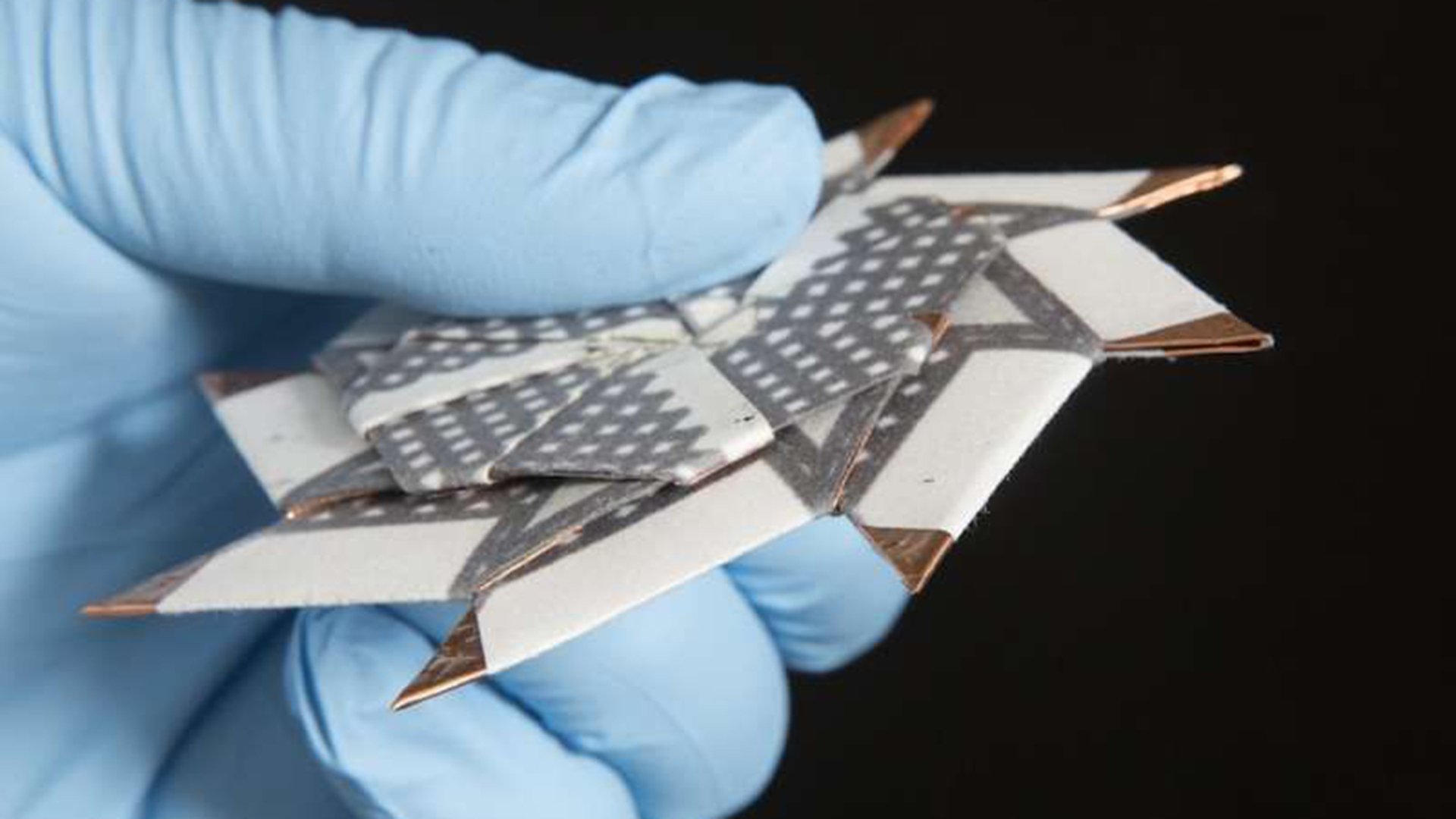Biosensors
Seokheun Choi, an Assistant Professor of Electrical and Computer Science, has been working on microbe-powered batteries, specifically designed to provide biosensors in third-world countries with electricity, for the last five years or so. Among other places, biosensors are used in the medical sector – for instance, in order to determine diabetes patients’ blood glucose levels. ‘Generally, these applications only require a few dozen microwatts, and only for a few minutes. Commercially produced batteries tend to be too expensive and too powerful. In addition, they are polluting to the environment’, Choi said in a press release. Choi and his team developed the bacteria-powered battery especially to deal with situations such as these.
Most challenging circumstances
The researchers filled a sheet of paper with MFCs made of inactive, freeze-dried bacteria, called exoelectrogenic cells. Such microorganisms are able to absorb electrons from the outside and pass them on to an electrode. By adding a biological fluid, such as saliva, users can rehydrate the bacteria and put them to work within minutes. ‘The bacteria-powered battery has considerable advantages over conventional batteries’, the researchers stated in their publication. ‘The biological fluid used to activate the battery is available even in the most challenging circumstances, and the freeze-drying procedure enables people to store the batteries for a long time, without any kind of degradation or denaturation.’
A drop of saliva
At present, the battery only produces a little electricity. The technology is not quite powerful enough yet to be used in a phone. In other words, it will take a while before we will all be spitting on our phones to power them – which is probably for the best. Tests have shown that the bacteria-powered battery generates a few microwatts per square centimetre, which is enough to power an LED – all with a single drop of saliva. ‘We are trying to improve this and to make the battery suitable for more applications’, said Choi. ‘By stacking several sheets or folding them and by connecting them in series or in parallel, we hope to increase the power of the batteries from several microwatts to several hundreds of microwatts or even more.’

